Spice Up Your Plate: A Global Kofte Recipe Guide for Foodies and Pros
Table of Contents
Introduction to Kofte and Global Spices
Kofte is a beloved dish found across the globe, from the Middle East to South Asia, Europe, and beyond. These meat or vegetable-based meatballs are often seasoned with a blend of spices that vary by region. Whether you're a seasoned chef or just starting out, understanding the global spice traditions behind kofte can elevate your cooking game.
The beauty of kofte lies in its versatility. While the basic concept remains the same—meat or plant-based mixtures formed into balls or patties—the flavor profiles change dramatically depending on the spices used. From the warm, earthy notes of cumin and coriander in Indian kofte to the smoky, spicy kick of paprika and garlic in Turkish versions, every culture has its own take on this classic dish.
Global Spice Traditions and Kofte
Spices have always played a central role in culinary traditions around the world. In the context of kofte, they not only add flavor but also tell the story of the region’s history, trade, and local ingredients. Let’s explore how different cultures incorporate their signature spices into kofte recipes.
| Region | Common Spices | Flavor Profile |
|---|---|---|
| Middle East | Cumin, Coriander, Sumac, Paprika | Earthy, tangy, and slightly smoky |
| India | Garam Masala, Cumin, Turmeric, Ginger | Warm, aromatic, and mildly spicy |
| Turkey | Paprika, Garlic, Oregano, Cumin | Smoky, savory, and herbaceous |
| Iran | Saffron, Barley, Mint, Dill | Rich, floral, and fresh |
| North Africa | Cumin, Ras el Hanout, Harissa, Saffron | Spicy, complex, and fragrant |
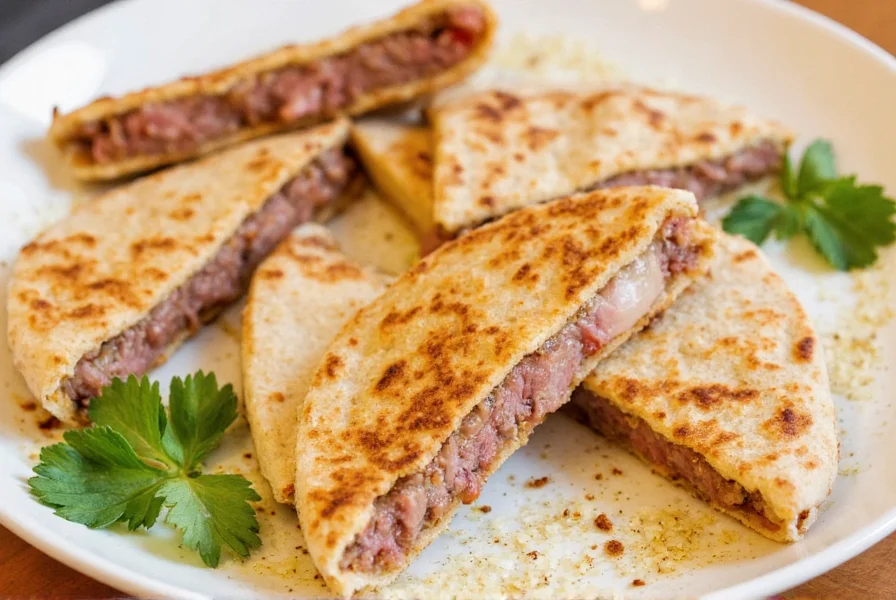
Each of these spice blends contributes to the unique identity of kofte in that region. For example, in Turkey, kofte often includes a mix of paprika and oregano, giving it a distinct Mediterranean flair. Meanwhile, in India, the use of garam masala and turmeric adds depth and color, making the dish both flavorful and visually appealing.
The Ultimate Kofte Recipe Collection
If you’re looking to experiment with kofte, here are some popular recipes from around the world. Each one showcases how regional spices transform this simple dish into something extraordinary.
1. Turkish Kofte (Iskender Kofte)
This iconic Turkish dish features spiced lamb or beef meatballs served over pita bread and topped with tomato sauce, yogurt, and melted butter. The key spice blend includes paprika, garlic, and oregano.
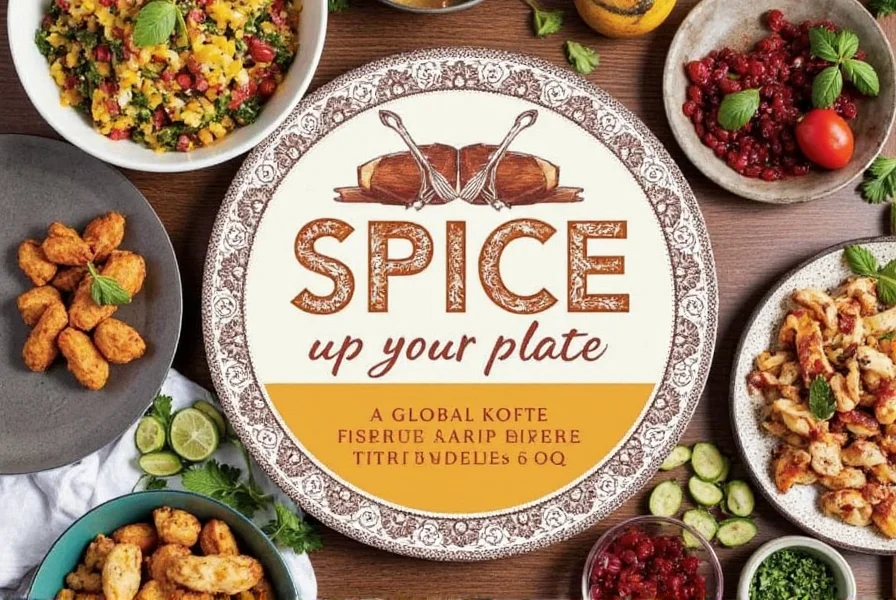
2. Persian Kofte (Shish Kebab)
Persian kofte is often made with ground lamb or beef, mixed with herbs like dill and mint, and grilled to perfection. Saffron and barberries add an extra layer of flavor and visual appeal.
3. Indian Kofta Curry
Indian kofta is a vegetarian version of kofte, made with potatoes, paneer, or lentils, and simmered in a rich, spiced tomato-based curry. Garam masala, cumin, and ginger are essential for the right balance of flavors.

4. Greek Kleftiko
Although not technically a kofte, this Greek dish shares similarities in preparation. Lamb or goat is slow-cooked with olive oil, garlic, and thyme, creating a tender and deeply flavored dish that reflects the Mediterranean spice palette.
5. Middle Eastern Kofte (Lahm Bijeen)
Lahm bijeen is a popular street food in the Middle East, featuring minced meat mixed with tomatoes, onions, and a variety of spices like cumin, sumac, and paprika. It's often served in pita bread with tahini or garlic sauce.

These recipes highlight the diversity of kofte and the importance of spices in shaping its character. Whether you prefer meat or plant-based versions, there's a kofte recipe out there to suit every taste.
Buying Guide: Essential Tools and Ingredients
To make the perfect kofte, you need more than just the right spices—you also need quality ingredients and tools. Here's a detailed guide to help you choose the best items for your kitchen.
1. Meat or Plant-Based Ground Protein
Choose high-quality ground beef, lamb, or chicken for traditional kofte. If you're going plant-based, options like lentils, chickpeas, or tofu can be excellent substitutes. Look for lean cuts or fresh vegetables for a healthier option.
2. Spice Blends
Invest in a good spice rack with essential ingredients like cumin, coriander, paprika, and garam masala. Store them in airtight containers to preserve their potency. For a quick start, consider pre-made spice mixes tailored for kofte.
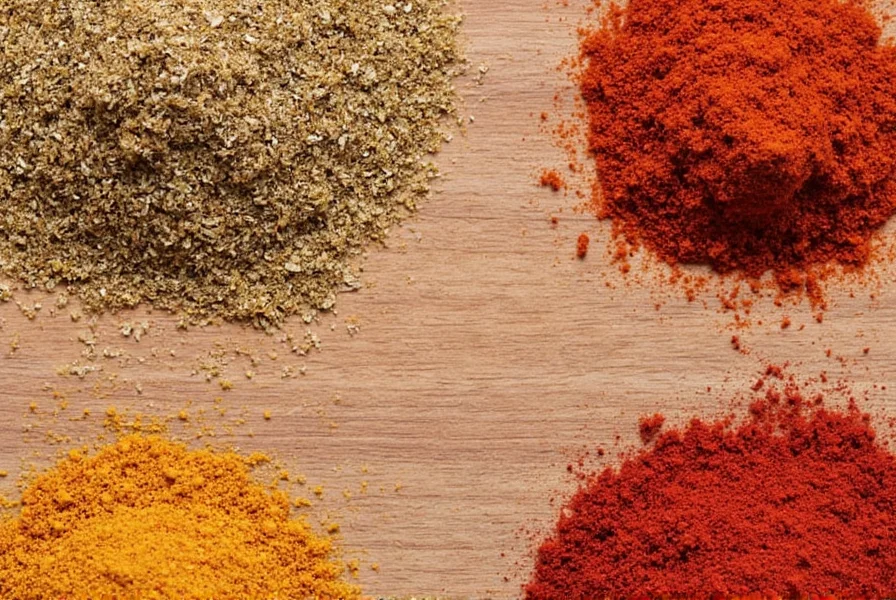
3. Cooking Utensils
A good set of knives, a mixing bowl, and a meat grinder (if you're making your own mince) are essential. A non-stick pan or grill will help you achieve the perfect sear on your kofte.
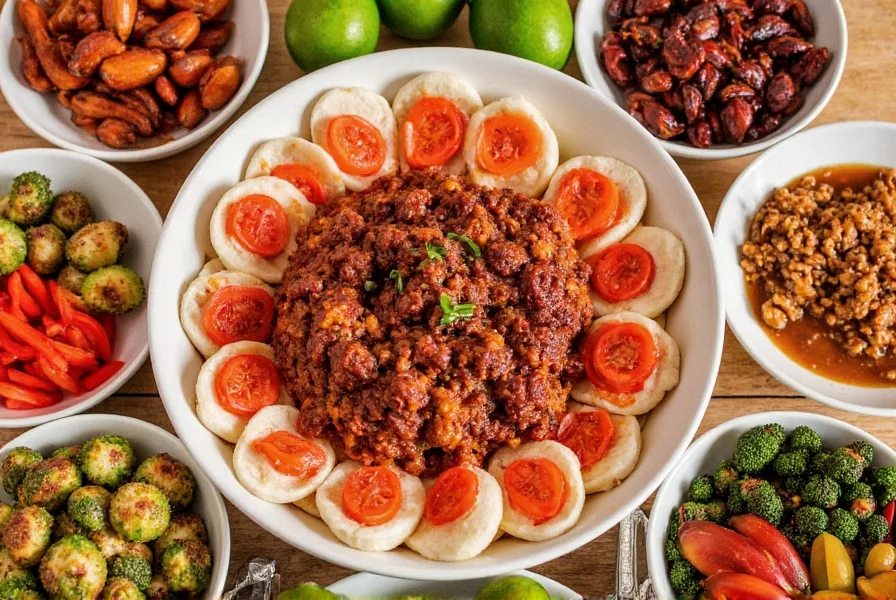
4. Serving Plates and Bowls
Consider using colorful ceramic plates or wooden serving boards to enhance the presentation of your kofte. These not only look great but also keep the dish warm and appetizing.
5. Condiments and Sauces
Complementary sauces like yogurt, tzatziki, or tomato-based sauces can elevate the flavor of your kofte. Don’t forget to include fresh herbs like parsley or dill for garnish.
By selecting the right ingredients and tools, you’ll be well on your way to mastering the art of kofte. Remember, the secret to a great kofte recipe lies in the balance of spices and the quality of your base ingredients.
Pro Tips for Perfect Kofte Every Time
Whether you're a pro or a beginner, these practical tips will help you create mouthwatering kofte every time:
- Use Fresh Spices: Freshly ground spices have a more intense flavor compared to pre-ground versions. Consider grinding your own cumin or coriander for better results.
- Don't Overmix: Overmixing the meat mixture can lead to tough kofte. Mix just until the ingredients are combined, and then let the mixture rest for a few minutes before forming the balls.
- Test the Seasoning: Always taste a small portion of the mixture before cooking. Adjust the seasoning as needed to ensure a balanced flavor.
- Use the Right Heat: Cook kofte on medium heat to avoid burning. If grilling, brush with oil to prevent sticking and ensure even cooking.
- Let It Rest: Allow the cooked kofte to rest for a few minutes before serving. This helps retain the juices and improves the texture.
Another useful tip is to experiment with different spice combinations. Don’t be afraid to try new flavors or adjust the spice level to match your preferences. With practice, you'll discover your own signature kofte recipe that reflects your personal taste.
Conclusion
Kofte is more than just a dish—it’s a celebration of global spice traditions and culinary creativity. Whether you're enjoying a classic Turkish kofte or experimenting with a new Indian-style recipe, the key to success lies in the quality of your ingredients and the balance of your spices.
As you explore the world of kofte, remember that the journey is just as important as the destination. Try different recipes, learn about the cultural significance of each spice, and most importantly, enjoy the process of cooking and sharing your creations with others.
So grab your apron, gather your spices, and get ready to spice up your plate with a delicious kofte recipe that brings the world to your kitchen.

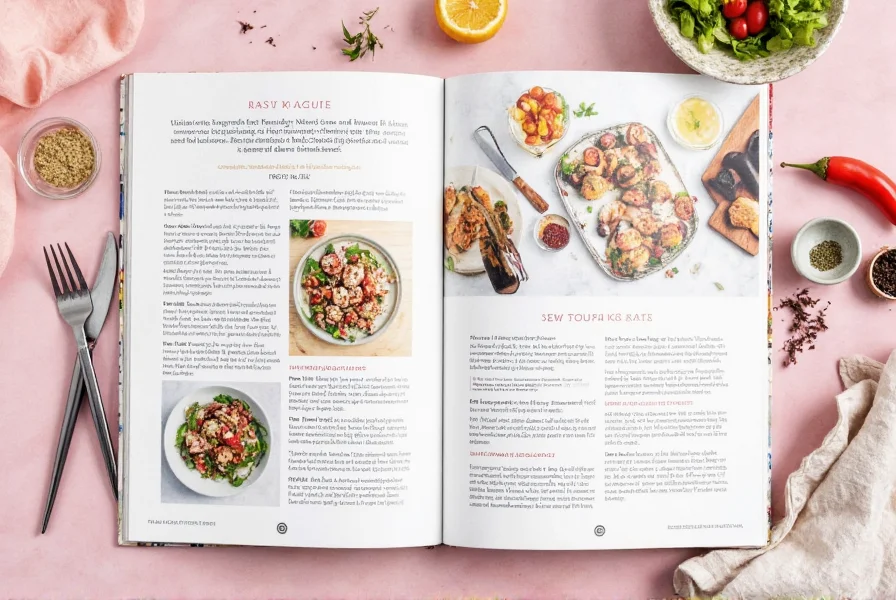









 浙公网安备
33010002000092号
浙公网安备
33010002000092号 浙B2-20120091-4
浙B2-20120091-4